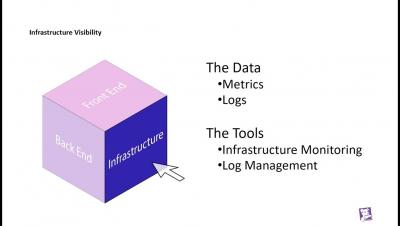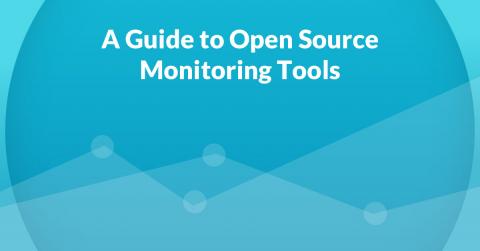Monitoring Usage and Maintaining Effectiveness
In 2018, AWS pulled in $25.7 billion. Amazons serverless cloud-computing platform keeps growing every year, and with that growth comes the same types of problems every massive effort faces: the limits and deterioration of performance as time goes on. With the rise of serverless technology, developing application and new services has never been easier.











